Vietnam is one of the countries heavily affected by climate change, causing serious damage to economic development in general and urban development in particular. Faced with this situation, the Government has approved urban planning projects to minimize unwanted impacts.
Climate change has a serious impact on Vietnamese cities.
Climate change is increasing natural disasters, affecting people's livelihoods. The main cause is human development activities when economic development and urbanization often go hand in hand, causing greenhouse gas emissions.
Cities are a particularly large source of greenhouse gas emissions. About 50% of the world's population now lives in urban areas, a figure that is expected to rise to 70% by 2050. Cities also consume 80% of the world's energy.
Vietnam is one of the five most vulnerable countries in the world to the impacts of climate change. According to statistics from the Ministry of Natural Resources and Environment , our country currently has over 820 urban areas. Of these, about 300 coastal urban areas will be greatly affected by climate change such as flooding, saltwater intrusion, and high tides. About 140-150 urban areas in mountainous areas are affected by landslides, flash floods, and droughts.
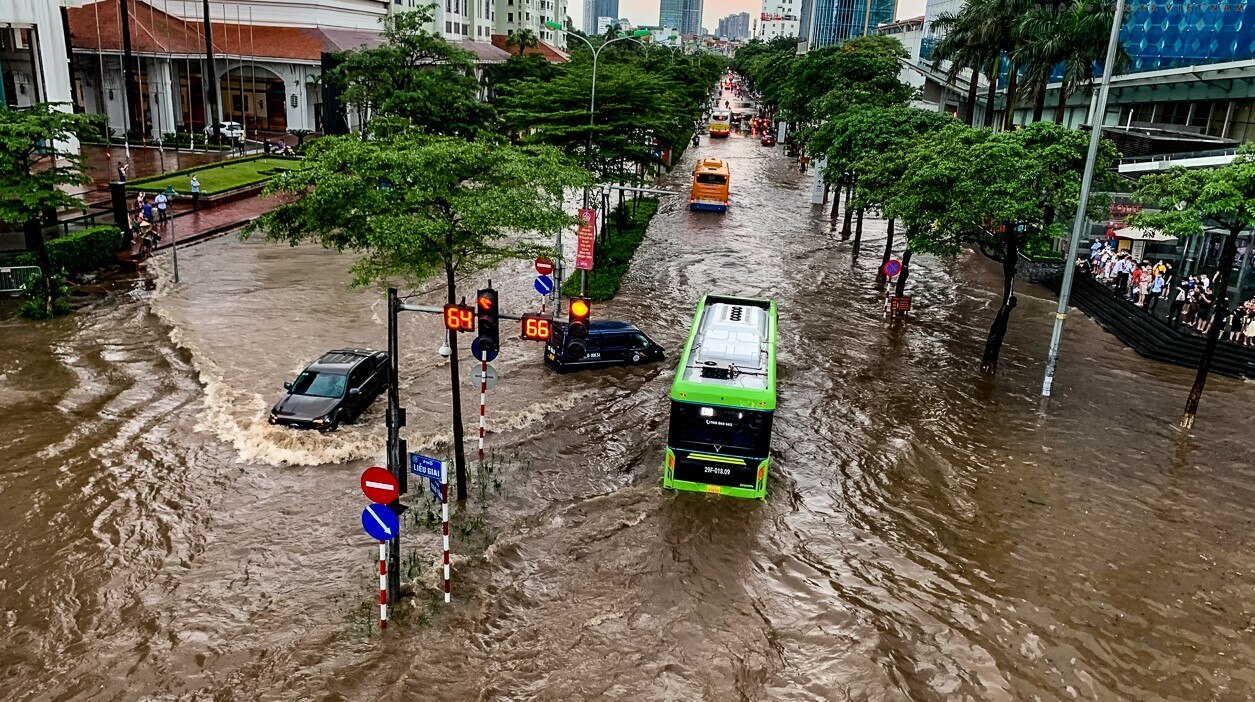
Hundreds of cities in Vietnam face flooding, saltwater intrusion, high tides... (Photo: Tin Tuc Newspaper)
The reason can be explained by the incomplete urban technical infrastructure works. The main drainage axes are silted and narrowed, not ensuring drainage during the rainy season. Technical measures are not synchronized, the main works, overpasses, and drainage culverts are not calculated sufficiently for drainage needs. The planning lacks impact assessments, and the use of old standards causes many traffic routes to become dikes, hindering drainage, causing flooding in urban areas.
In that situation, urban re-planning is very necessary. This is the process of organizing space, architecture, urban landscape, technical infrastructure system, social infrastructure and housing. Urban planning adapted to climate change will contribute to reducing the negative impacts of the environment on the lives of urban people such as floods, high tides, storms, high temperatures, greenhouse effect, air pollution, etc. Planning also creates green spaces and regulating lakes in urban areas, creating a healthy living environment for people.
Many policies aimed at urban re-planning have been issued.
In order to minimize the undesirable impacts of climate change on urban areas, the Government has approved urban planning projects such as Decision No. 2623/QD-TTg, dated December 31, 2013, of the Prime Minister, on approving the project "Developing Vietnamese urban areas to respond to climate change in the period 2013 - 2020"; Decision No. 438/QD-TTg, dated March 25, 2021, of the Prime Minister, on approving the project "Developing Vietnamese urban areas to respond to climate change in the period 2021 - 2030"...
The projects aim at the general goal of proactively responding to climate change, controlling air, land and water in urban areas according to international standards, reviewing relevant documents, and strengthening coordination with specialized units in ministries and branches in urban management to respond to increasingly severe climate change as it is today.
In addition, the 2020 Law on Urban Planning also defines: “Protecting the environment, preventing hazards affecting the community, improving the landscape, preserving cultural and historical relics and local characteristics through strategic environmental assessment in the process of urban planning”.
Based on those policies, urban planning to respond to climate change in Vietnam in recent years has achieved great achievements. Infrastructure has been gradually improved, the green tree system has been invested in, and ponds and lakes have been significantly renovated.
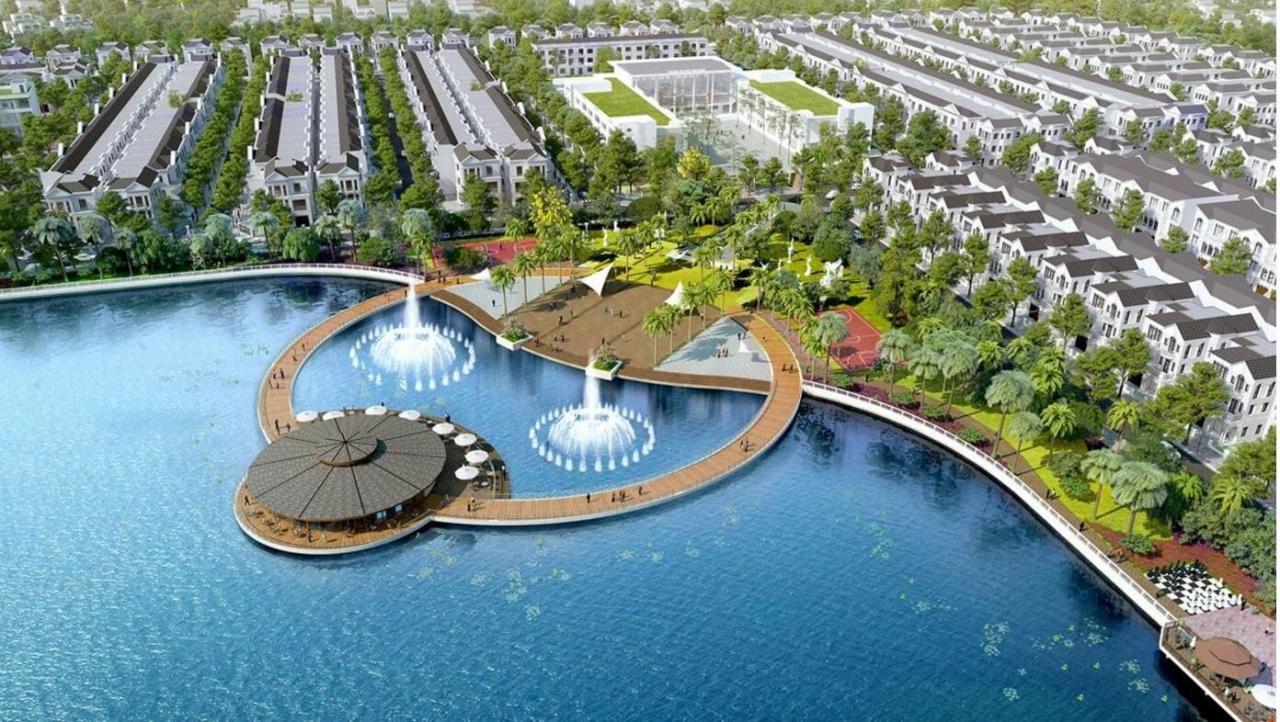
Vietnam has many urban planning policies and strategies to respond to climate change. (Photo: Tin Tuc Newspaper)
According to Prof. Dr. Architect Nguyen To Lang, Director, Head of the Standing Office of the Steering Committee for Planning and Investment in Construction of the Hanoi Capital Region, the quality of many urban areas is currently being rapidly improved, from housing to technical infrastructure and social services. Many green spaces have been expanded, many commercial, service and entertainment areas have been built. Many new and upgraded traffic routes have been built... Basically, the quality of urban planning in terms of architectural space, technical infrastructure, and social infrastructure increasingly meets the needs of urban residents.The 13th National Congress Document also reported positive results in proactive response to climate change. Accordingly, in the period of 2015 - 2020, the urban system developed rapidly in quantity, expanded in scale, and gradually improved in quality towards synchronization, greenness, environmental friendliness, and adaptation to climate change.
In addition, the work of proactively responding to climate change has also achieved many results such as implementing the Target Program to respond to climate change and green growth, proactively committing to reduce greenhouse gas emissions; Building a Program to update disaster risk zoning, creating disaster warning maps, especially disasters related to storms, rising sea levels, flash floods, landslides, droughts, and saltwater intrusion; Building a Project to develop Vietnamese urban areas to respond to climate change; Building a sustainable development program to adapt to regional and local climate change, such as the Mekong Delta region...
Although still facing many difficulties, urban planning work in Vietnam has been and is being implemented with clear results, creating a premise for the State to continue to introduce appropriate policies and strategies to respond to the increasingly serious situation of climate change.
Mai Anh


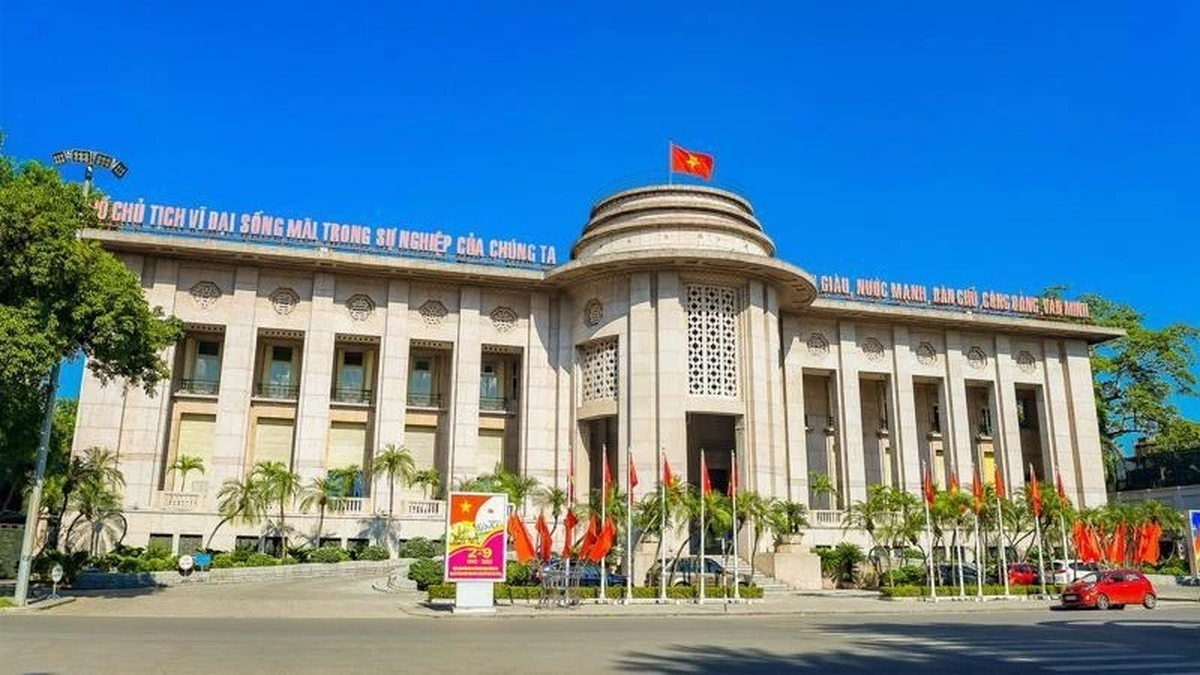
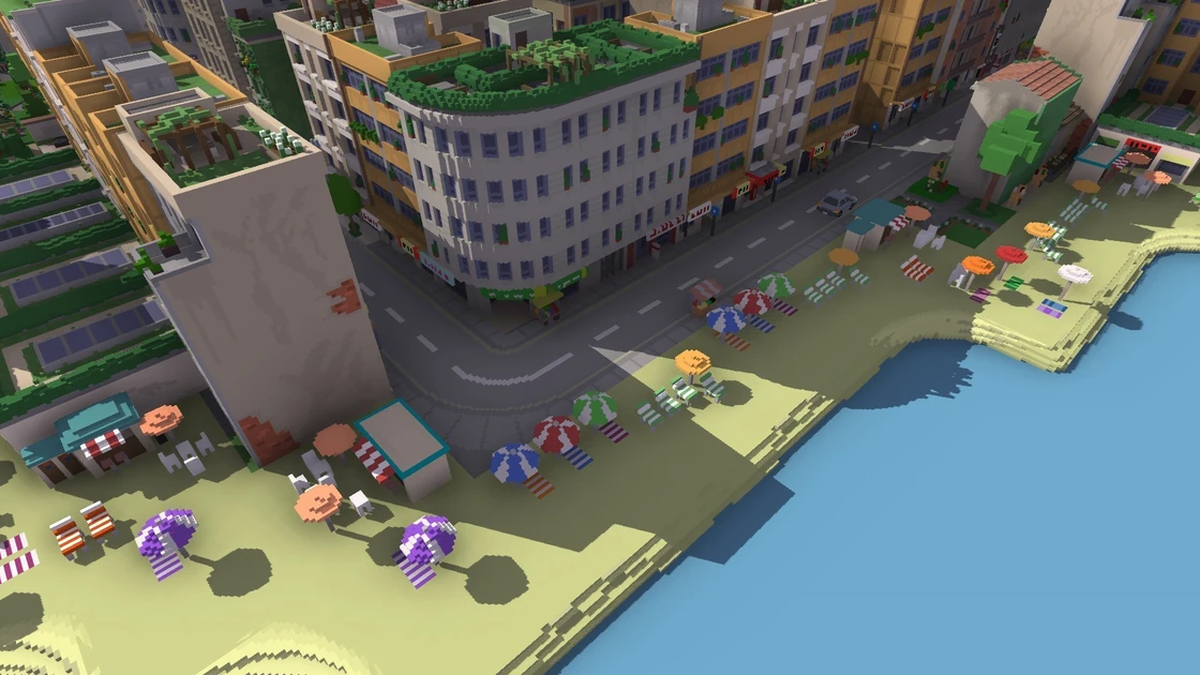
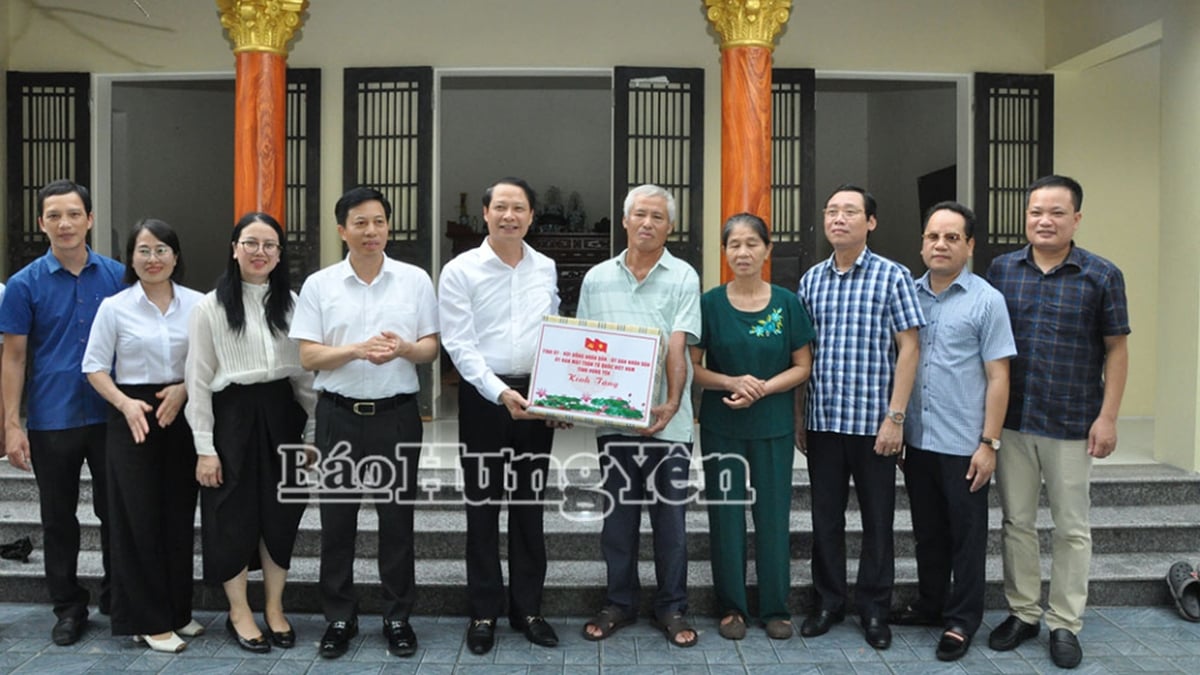
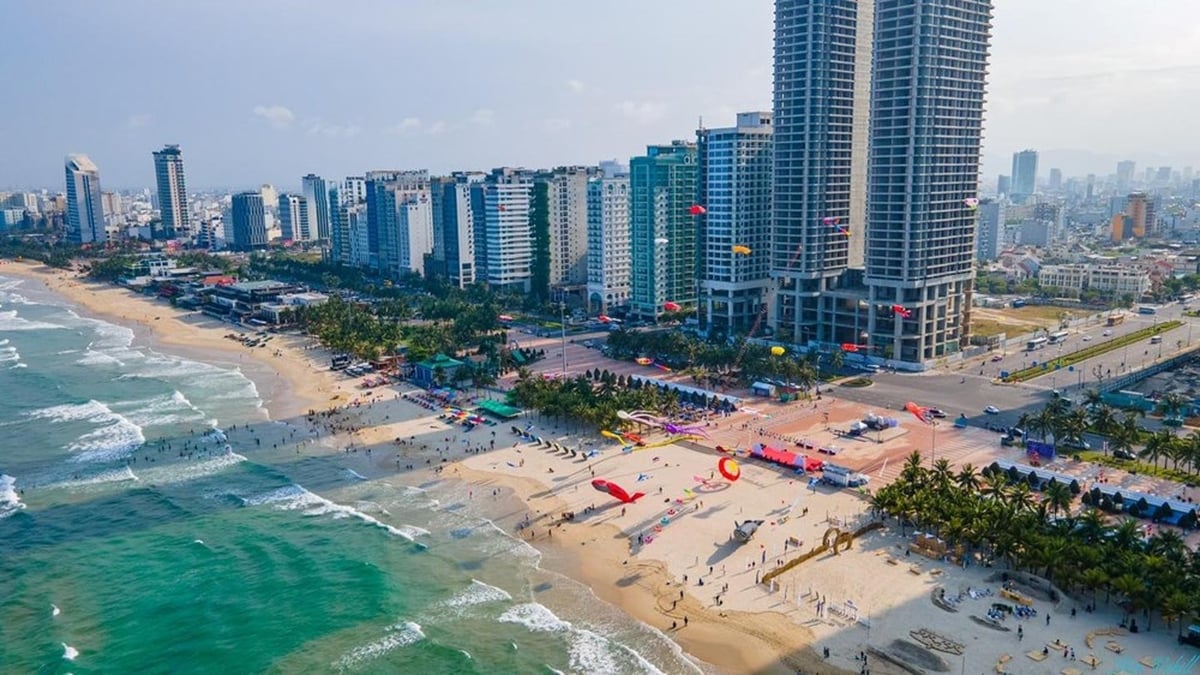
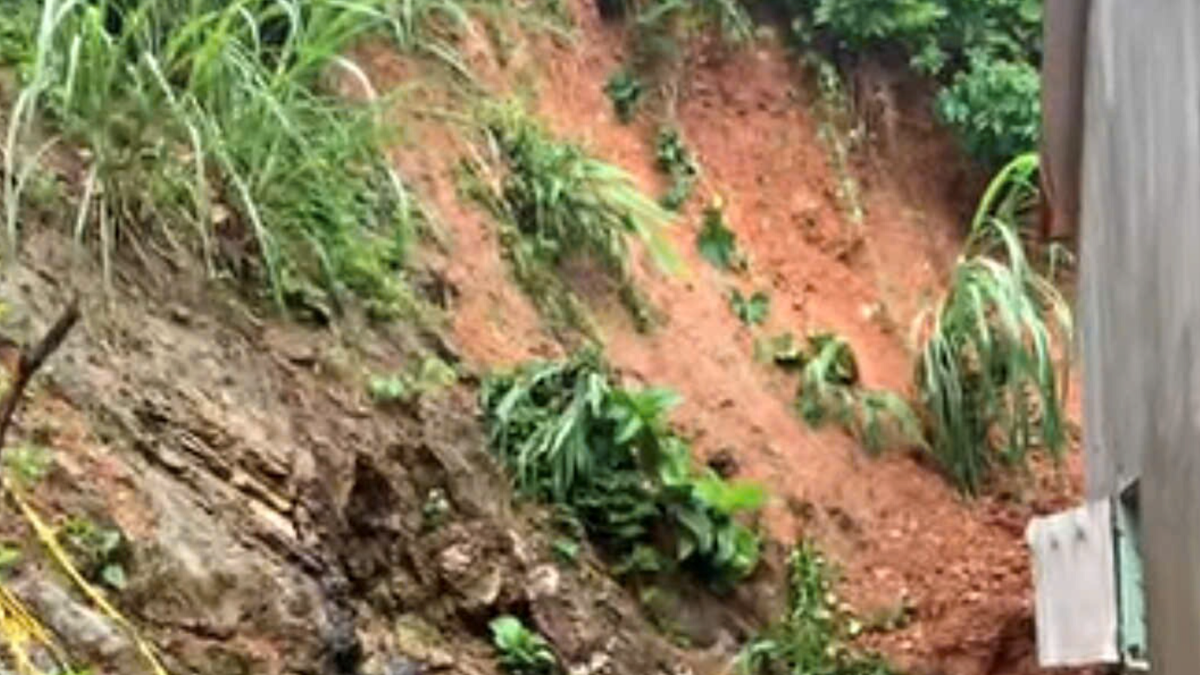


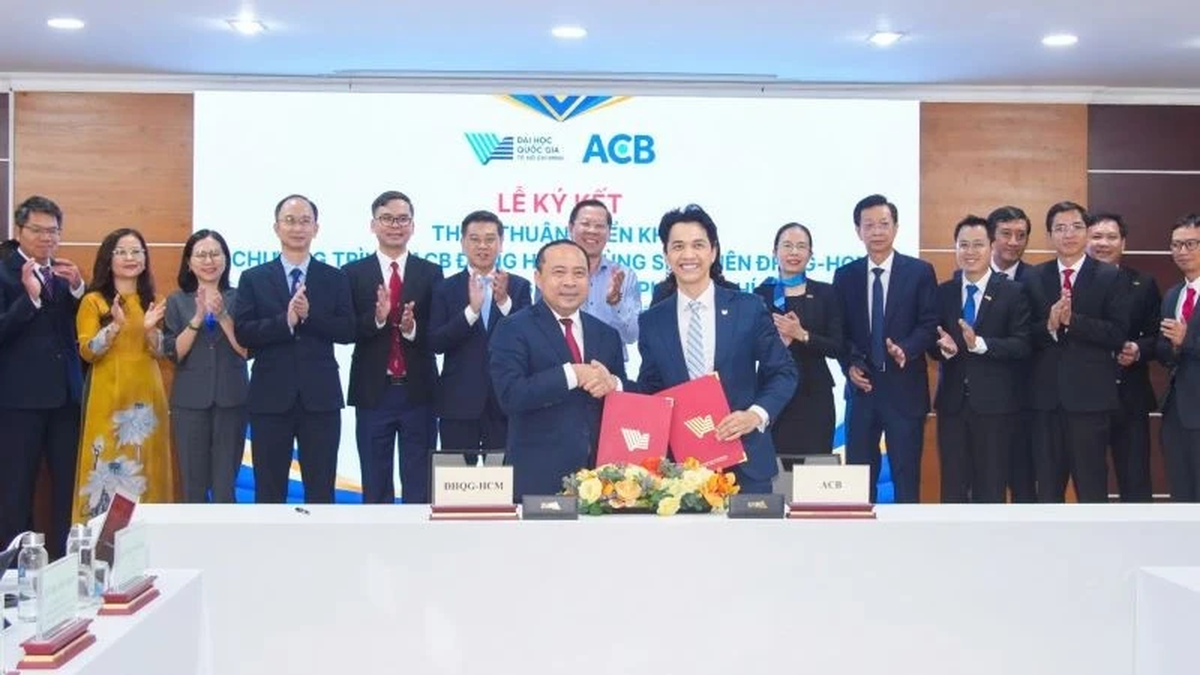




















![[Photo] Signing of cooperation between ministries, branches and localities of Vietnam and Senegal](https://vphoto.vietnam.vn/thumb/1200x675/vietnam/resource/IMAGE/2025/7/24/6147c654b0ae4f2793188e982e272651)







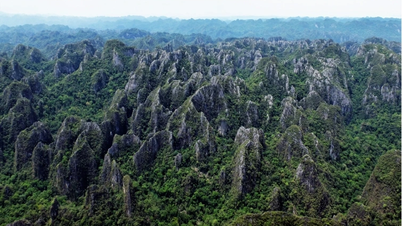


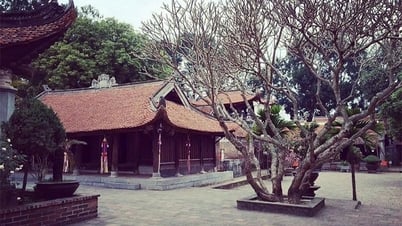





















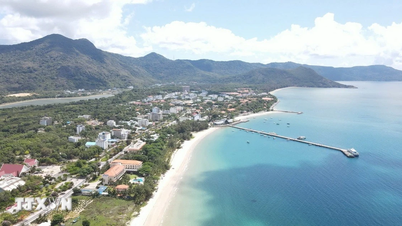







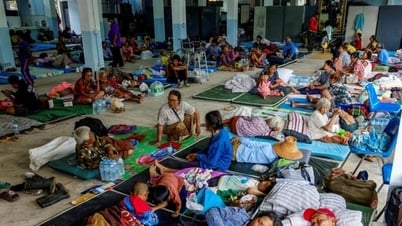






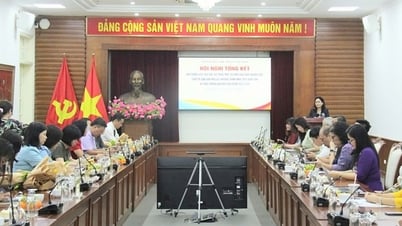

























Comment (0)